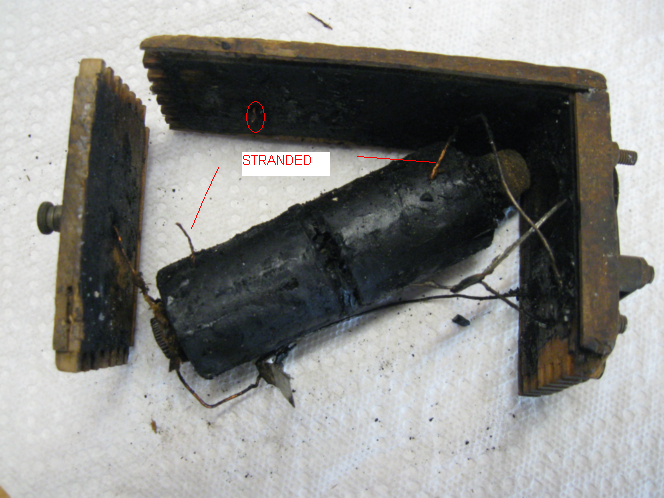Really fantastic work gentlemen!
Im going to throw this link in on a grounding experiment.
APRS SWER Test
Im going to throw this link in on a grounding experiment.
APRS SWER Test
 Unless my
Unless my
 It's pretty handy lol. It seems that two crystal diodes are required for it to work properly.
It's pretty handy lol. It seems that two crystal diodes are required for it to work properly.


 First though I'll have to find a space to put it I think
First though I'll have to find a space to put it I think 




 When you said drill holes I thought you meant something else until I looked at the image...
When you said drill holes I thought you meant something else until I looked at the image...
 Hmmm. Depending on the size of the holes you could use a very fine saw, and/or file down the resulting grooves to flatten them out or make them deeper. I might try that
Hmmm. Depending on the size of the holes you could use a very fine saw, and/or file down the resulting grooves to flatten them out or make them deeper. I might try that  The job could also be made a bit easier by drawing out the markings along one long strip of wood so you'd only have to make one centre line and they should all more or less be equal.
The job could also be made a bit easier by drawing out the markings along one long strip of wood so you'd only have to make one centre line and they should all more or less be equal.


















 I thought those Model T
I thought those Model T










 This is just a prototype to see some things
This is just a prototype to see some things



 This is just a prototype to see some things
This is just a prototype to see some things







Comment